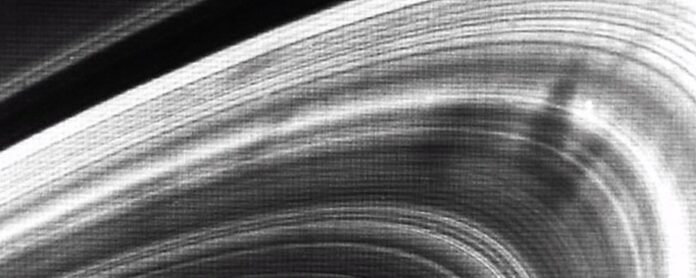Awe-inspiring and baffling, Saturn’s ring system continues to enthrall scientists and space enthusiasts alike. Recently, the enigmatic spokes have caught the attention of astronomers with their cyclical emergence that corresponds to the Saturnian year. Unraveling the secrets of these intriguing radial smudge marks is the ultimate objective of researchers.
Elucidating the Spokes: Insights into Their Appearance and Behavior
The spoke phenomenon first came to light in the early 1980s through images captured by the Voyager probes. These ephemeral streaks and smudges move along with the rings as they orbit the planet. Typically, they look dark from above and bright from below. Astonishingly, they appear exclusively during spring and autumn of Saturn’s eight-year cycle centered around the equinox and vanish during the summer and winter of the cycle centered around the solstice.
Puzzling Out the Spokes: The Possible Causes and Their Peculiar Seasonality
The origin of the spokes remains shrouded in mystery, and the scientific community is yet to come to a definitive consensus. The spokes are believed to consist of dust particles that separate from the icy chunks within the rings and levitate independently. The magnetic field of Saturn could be a contributory factor in this intriguing phenomenon. However, the reasons for their seasonality are still unknown, and the role of the magnetic field is yet to be conclusively established.
The OPAL Program: Unlocking the Secrets of the Spokes
The Hubble Space Telescope’s Outer Planet Atmospheres Legacy (OPAL) program is an initiative that aims to create a comprehensive archive of data on the outer solar system planets. With an emphasis on Saturn, the program provides scientists with longer dedicated time to study the spoke phenomenon in greater depth than ever before. With the program’s ongoing annual observational cadence of Saturn, the spokes’ appearance should soon be detectable by ground-based telescopes as well.














